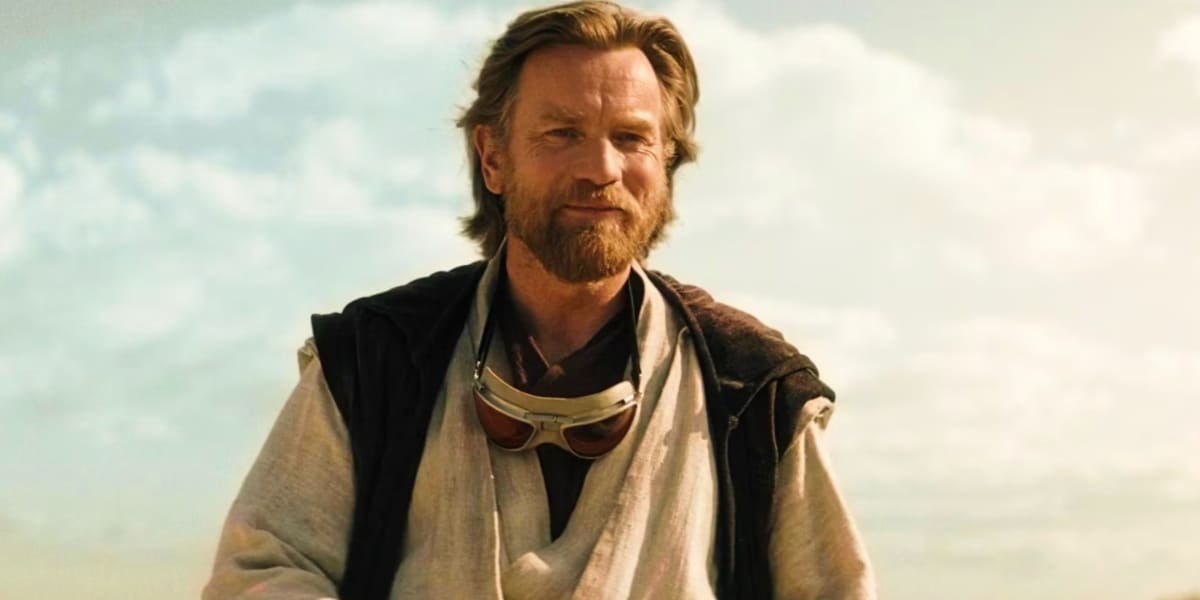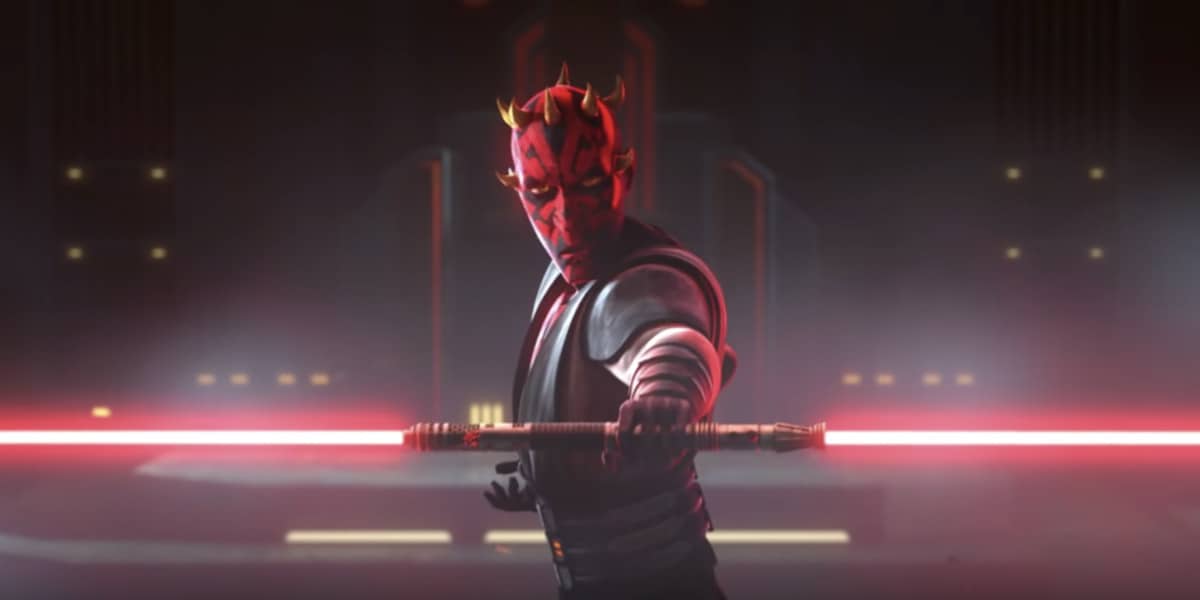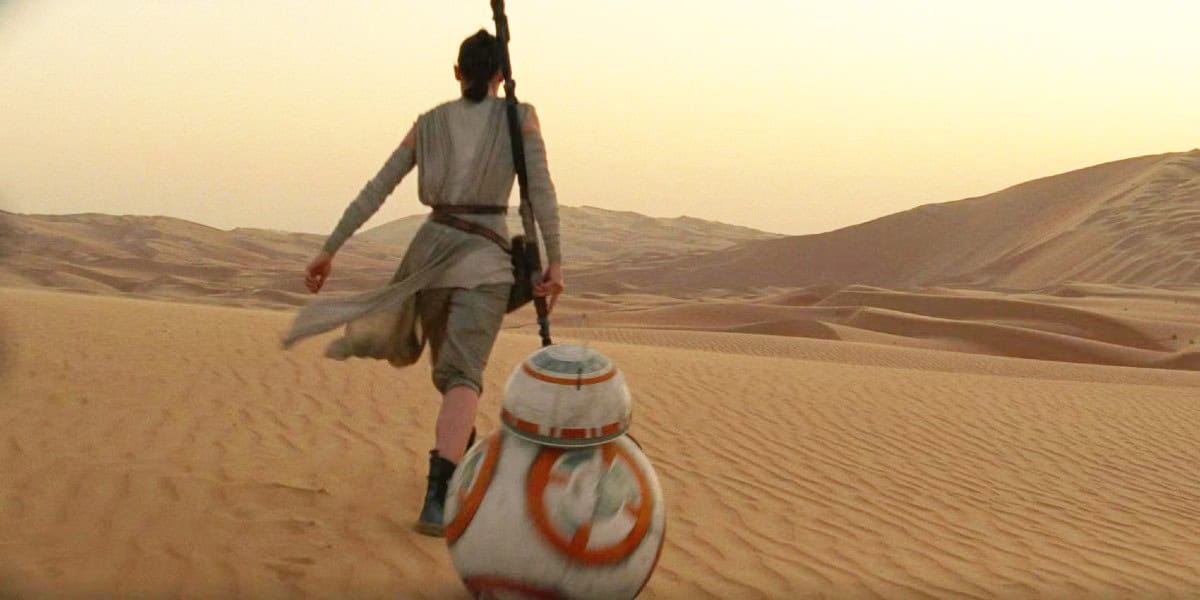Despite being a cornerstone of the pop culture canon and a franchise that has endured for almost 50 years, Star Wars continues to be a surprising entity. From the constant retcons through tie-in media to the expanding timeline, the science-fiction series that exploded in 1977 is always evolving—for better or for worse.
Now, new information has surfaced regarding the prequel trilogy George Lucas commenced in 1999 and how one change altered the space opera forever.

The prequel trilogy, which began with Star Wars: Episode I–The Phantom Menace (1999) and ended with Star Wars: Episode III–Revenge of the Sith (2005), acted as an extended origin for the famous villain Darth Vader. Vader rose to fame throughout Lucas’s original trilogy, ultimately sacrificing himself to save his son, Luke Skywalker (Mark Hamill), in Star Wars: Episode VI–Return of the Jedi (1983).
It was in The Phantom Menace that Lucas immediately brought audiences familiar faces. From Obi-Wan Kenobi, the young Jedi Padawan who would later train Luke in 1977’s Star Wars: Episode IV–A New Hope, to Darth Vader himself, although here Vader was just a ten-year-old boy by the name of Anakin Skywalker.

The prequels also introduced audiences to a slew of new characters, such as Jar Jar Binks (Ahmed Best), Padme Amidala (Natalie Portman), and Qui-Gon Jinn (Liam Neeson). While Jar Jar became one of the most hated characters in franchise history, Padme and Qui-Gonn are cemented as two of the most important in the franchise.
The former was heavily featured in George Lucas’s and Dave Filoni’s Star Wars: The Clone Wars series, while Qui-Gon–despite dying at the hands of Darth Maul (Ray Park) in The Phantom Menace–has endured through the Force, with a recent appearance in 2022’s Obi-Wan Kenobi series from Deborah Chow.

But the story of Obi-Wan Kenobi and Qui-Gon Jinn could have been extremely different. Concept and storyboard artist Iain McCaig, who worked on Lucas’s production of The Phantom Menace in its early days, has revealed that a major story change happened during the process of bringing the first prequel movie to the big screen.
Star Wars fans will vividly remember Qui-Gon’s death at the hands of Darth Maul in the final act of The Phantom Menace and how Obi-Wan raced in to avenge his Jedi Master. Of course, Darth Maul’s story was far from over; his “resurrection” was detailed in both The Clone Wars and Star Wars Rebels animated shows.

As Iain McCraig recently revealed to StarWars.com, it was meant to be Obi-Wan who died–but not as you may imagine.
“It’s interesting how things evolve,” McCaig told the website. “For a time, the older Jedi was named Obi-Wan, and the younger Jedi was named Qui-Gon. It was very poignant that at the end, as Obi-Wan dies and Qui-Gon defeats Darth Maul and stays with his Master as he passes away, he not only takes on his Master’s quest, but he takes on his name. Qui-Gon becomes Obi-Wan.”
This difference would have then caused a famous line in A New Hope to mean something completely different in retrospect. “That’s why when you see Alec Guinness in A New Hope, he puts his hood down and goes, ‘Obi-Wan? Now that’s a name I’ve not heard….’ Because he’s not Obi-Wan, he’s Qui-Gon,” the concept artist added. “And right at the end, George changed it.”

Related: A Jedi Order for a New Generation: Disney’s “Woke” ‘Star Wars: Episode X’ Gets Trailer
It’s interesting to hear about big story changes like these because Lucas is often seen as a master and saint of story, at least for his Star Wars franchise, and Disney—whom Lucas sold Lucasfilm to in 2012 for over $4 billion—as the haphazard corporation doing things in any old fashion.
That said, it is true that Disney’s sequel trilogy did not have a set course to take; it’s something that Lucasfilm President Kathleen Kennedy has been very open about. Even J.J. Abrams, who directed Star Wars: Episode VII–The Force Awakens (2015) and returned for Star Wars: Episode IX–The Rise of Skywalker (2019), has said he learned about the story “the hard way” from his time working the incredibly divisive Star Wars sequel trilogy.

Looking ahead, Disney and Lucasfilm have a handful of new feature films on the horizon, the first of which will be The Mandalorian and Grogu (2026). The big-screen Mando event will be the first major motion picture in the Star Wars franchise since 2019’s The Rise of Skywalker. Lucasfilm has opted for an aggressive small-screen effort in recent years following the intense backlash from the sequel trilogy.
After The Mandalorian and Grogu, Lucasfilm will expand the timeline with a James Mangold “Dawn of the Jedi” movie and a Sharmeen Obaid-Chinoy “New Jedi Order” movie. The latter will feature the return of Daisy Ridley’s Rey Skywalker, and while details have been slim, insider rumors suggest that the production has already been turbulent.
At some point, Dave Filoni will make his feature film directorial debut with another Mando-Verse movie, seemingly bringing together the various New Republic era movies and shows in a climactic final event.

Related: ‘Star Wars’ Rewrites Order 66 Again, Reveals New Jedi Order Is Over
Movies aside, though, Lucasfilm will continue its Disney+ output with Jon Watts’ Star Wars: Skeleton Crew arriving in early December. The Jude Law-led series will be another addition to the New Republic era, joining The Mandalorian, The Book of Boba Fett, Ahsoka, and the future Mandalorian and Grogu movie.
As for Obi-Wan, chances are that a second season to Chow’s series won’t happen, but, as always with Star Wars, never say never.
How do you feel about this significant story change for Star Wars? Let Inside the Magic know in the comments down below!
The post Major Story Change Revealed for ‘Star Wars’ Prequel Trilogy, Entire Franchise Canon Effected appeared first on Inside the Magic.



